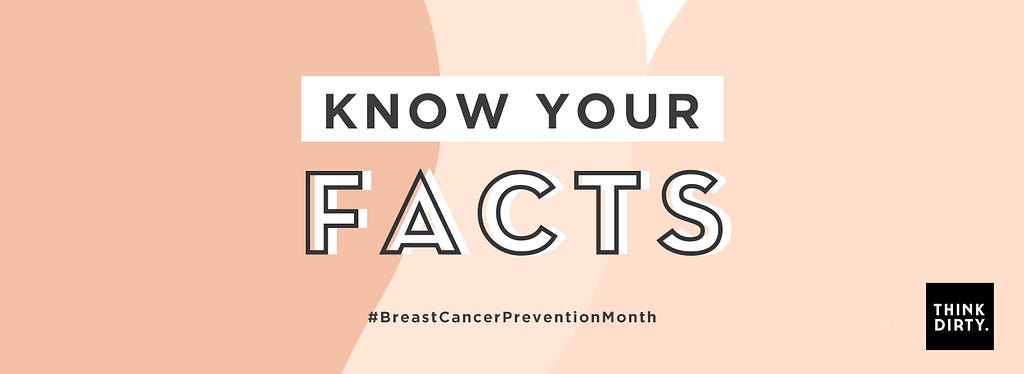
Many women know that breast cancer is a serious and widespread issue affecting women of all ages. Even with all the medical and technological advances we have, the incidence rate is still on the rise globally. Cancer modelling predicts further increases in incidence and mortality in the future. Here are some key facts you might not be aware of:
- Where you live is a factor in your chances of surviving breast cancer. Survival rates of breast cancer in areas around the world differ greatly.
- In Eastern Africa, breast cancer occurs in about 30 out of every 100,000 women. In Western Europe, it occurs in 93 out of every 100,000 women. So, European women are statistically 3 times more likely to develop breast cancer. On the other hand, the incidence rate in the USA is about 107 out of every 100,000 women.
- Breast cancer is also the most expensive cancer. Statistics show that medical costs for breast cancer were over $16 billion in 2010. These costs will increase if incidence and mortality levels continue to rise.
- You might have heard of the BRCA gene mutation before. However, only about 5–10% of breast cancers can be linked to inherited genetic mutations. The BRCA1 mutation is associated with up to a 72% risk of developing cancer during the lifetime, and the BRCA2 mutation is associated with a 69% risk. In men with a BRCA2 mutation, the risk of developing breast cancer is about 6.8%.
- A 2007 study identified 216 chemicals that cause mammary (breast) tumours in animals. They also found that women are commonly exposed to about half of these chemicals just from daily life. Most of the chemicals people are exposed to on a daily basis have not been tested for their impact on cancer risk.
- Endocrine-disrupting chemicals (EDCs) that can mimic hormones like estrogen also contribute to exposures that lead to increased breast cancer risk. EDCs are found in commonly used, everyday products. A 2003 study on household indoor air pollutants found dozens of EDCs in the home that were released from products.
Our top priority is for you to be aware and be able to make your own informed choices! We hope these facts have helped with that. If you’re curious about an ingredient in one of your personal or household products, you can use our app to look it up and read about all the ingredients.
Key Facts on Breast Cancer was originally published in Think Dirty on Medium, where people are continuing the conversation by highlighting and responding to this story.